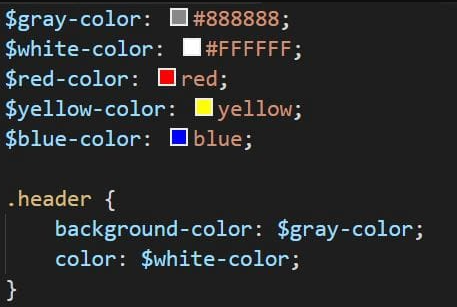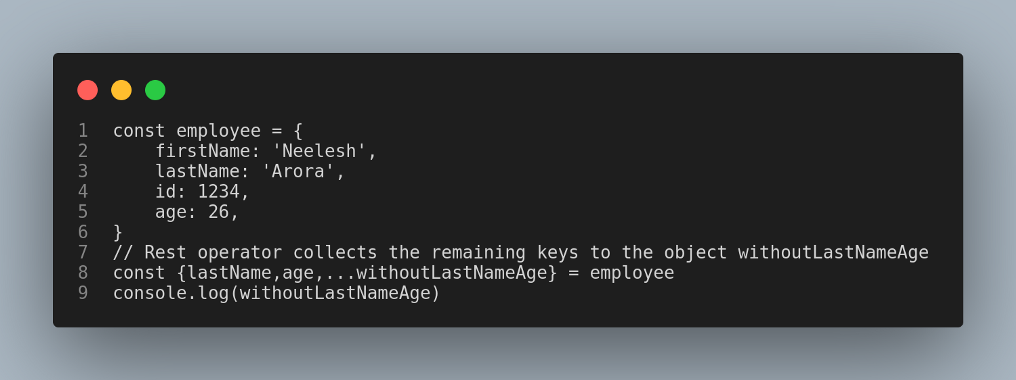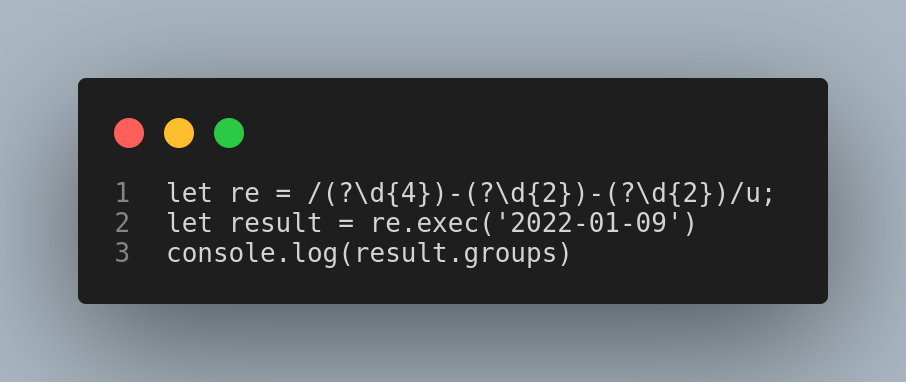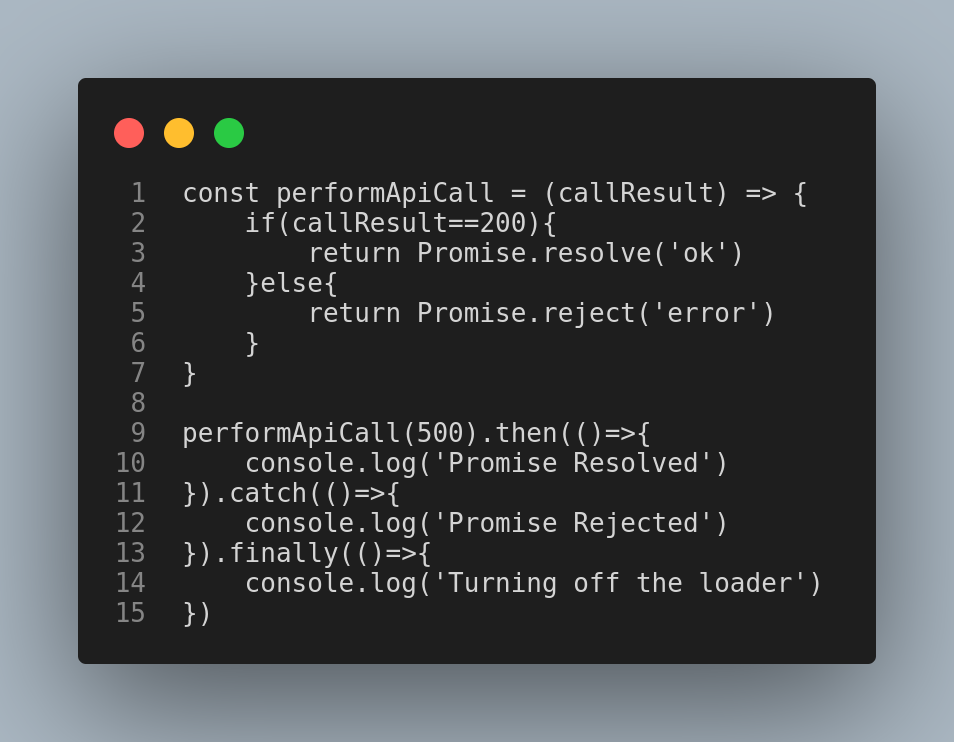Web Service
- 2022年02月03日
- Web Service
Benefits of SCSS
SCSS (Sassy CSS) is the superset, it’s the more advanced version of CSS. We can add additional functionalities to CSS such as variables, nesting , loops, indentations and more by using SCSS. All these additional functionalities can make writing CSS much easier and faster as compared to writing the traditional CSS.
Nesting
Nesting has many benefits:
Loops
We can set up loops when SCSS is used.
Variables
SCSS offers variables in order to declare re-used properties in one place. Using traditional CSS, we would need to repeat the same code over and over, but with SASS we can store these values as variables.

Mathematical functions
In SASS, we can also use mathematical operations like +, -, *, /, or %. This allows us to influence size specifications, for example.
Indentations
The original SASS works with indentations and line breaks to structure the code. We don’t need parentheses to display nesting or semicolons to mark line ends.
By Tsuki
tsuki at 2022年02月03日 10:00:00
- 2022年01月27日
- Web Service
CSS tricks for web designer
— Absolute positioning
If you want to define where an element is placed on the website at all times, absolute positioning is the key to make this happen. Absolute positioning allows you to control exactly where an element will stay. And then use top, right, bottom and left, accompanied by a pixel value to control the place.
position:absolute;
bottom:10px;
right:10pxThe CSS above sets the position of an element to stay 10px from the bottom and right edges of the browser.
— Use a CSS preprocessor
Use Less or Sass or SCSS when you develop the website. They can help you declare colors, sizes, etc one single time, and create CSS with for cycles and similar things.
— Link states
The :link pseudo-class controls all links that haven’t been clicked on yet. The :visited pseudo class handles the styling of all of the links you’ve already visited. This tells website visitors where they have already been on the site, and where they have yet to explore.
a:link { color: blue; }
a:visited { color: purple; }— Resize images to fit
Sometimes images are needed to fit a certain width, while scaling proportionally. An easy way to do this is to use max width to handle this.
Here is an example:
img {
max-width:100%;
height:auto;
}— Split HTML and CSS
It is the best idea of creating different CSS files (for example, one for desktop and one for mobile) while developing, and only, in the end, merge them.
The same principle can be made with HTML. If you’re not developing in SPA environments, you can use PHP to include and require pieces of HTML code.
— Direct children
Use > to select the direct children of an element.
#footer > aThis will select and style all of the active link elements that are immediately under the Footer ID.
— :before
This CSS is a selector that allows you to choose a CSS element and insert content before every element with a specific class applied to it.
h3:before {
content: "More: ";
<span class="new-blog"> color: #F00;</span>
}— :after
Like the :before selector, :after can be used to insert content globally on specific elements. A practical use would be adding “see more” after every excerpt on an article . You can do like this:
p:after{
content: " -Read more… ";
color:#f00;
}By Tsuki
tsuki at 2022年01月27日 10:00:00
- 2022年01月20日
- Windows, Web Service
[aws] pemキーを使用してPuTTYでssh接続ができない場合の対処方法
nishida at 2022年01月20日 10:00:00
- 2022年01月20日
- Web Service
Top JavaScript Frameworks
There are numerous JS frameworks. It’s not possible for anyone to tell considering the way that each JS framework is great for one pack of challenges and not the best one for another.
JavaScript was at first used exceptionally for the client-side. However, nowadays JavaScript is also used as a server-side programming language.
1. React
React is one of the finest front-end open-source JavaScript frameworks that allow developers to create rich user interfaces. Created by a team of Facebook developers, React introduced functional, declarative, and component-based styles. React is a complex framework for new developers to learn, use, and understand, but it has an extensive community.
Pros:
- Plenty of reusable components to build business logic
- Ease of integration with front-end and back-end
- Unidirectional data flow with flux controls
- SEO-friendly JavaScript framework
- Huge support community
- Capacity to test and debug rapidly
Cons:
- Only covers the UI layer of the app
- Have to deal with complex state management
- Constant upgrades make it difficult for developers to keep up with the changes
- New developers may find JSX to be a barrier
2. Angular
Angular is one of the top-rated JavaScript UI frameworks that developers utilize to build classy single-page web applications. The framework leverages HTML syntax on dynamic web pages.
Pros:
- Component-based architecture
- High-class server performance
- Two-way data binding
- A rich collection of third-party integrations
- A massive community of developers
Cons:
- Need to learn JavaScript and Typescript
- Struggles with SEO due to poor accessibility
- Migration from one version to another is difficult
- Debugging the scope can be difficult
3. Vue JS
Vue.js is one of the most versatile front-end JavaScript frameworks. It’s also known as a progressive framework due to its capability to facilitate the design of high-end single-page web applications through dual integration mode. The framework follows the MVMM (Model-View-View-Model) architecture pattern. Besides that, Vue.js is simple, unrestricted, and an easy-to-adopt framework.
Pros:
- Quick and easy configuration due to MVVM architecture
- Easy to learn, use, and understand even for beginners
- Lightweight framework with a small build size
- Seamless integration with third-party apps
Cons:
- Lack of high-end and effective plugins
- Older versions of iOS and Safari browsers can cause problems
- Difficulty with two-way binding
4. Svelte
Svelte JS is an open-source, web component-based front-end development framework.It is possible to create components using Svelte JS using the languages you’re content using (JavaScript, HTML, or CSS).
Pros:
- Component-based model pattern
- Easy to use, learn, and understand
- One of the most small-sized builds
- Supports both client and server-side rendering
Cons:
- Not much IDE support available in the market
- Doesn’t have the backing of tech giants like Vue, Angular, and React
- Absence of third-party components
- Difficult to scale up the application
5. Express JS
Express JS is an open-source and minimalistic back-end JavaScript framework based on Node.js that developers use to build complex APIs and web applications. One of the major advantages of this Express JS framework is fast server-side programming.
Pros:
- Active community support
- Rich set of documentation
- Powerful routing mechanism
- Seamless connectivity with all databases
- Accelerates web app development process
Cons:
- Security and code quality can be an issue
- Middleware creates issues for many clients
- Error messages have no description
- Hard to find an optimal way to write code for server-side
Tsuki
tsuki at 2022年01月20日 10:00:00
- 2022年01月13日
- Web Service
ES9 Features
EcmaScript is the “official” name for JavaScript. It was eventually abandoned and ES3.1 became ES5, which is the JavaScript version used in the “HTML5” world. ECMAScript is the “standard for” the JavaScript language.
ECMAScript2018 or ES9 has been evolving for the last few years and it has improved a lot.
The top features of the ES9 are
1.Object Rest/Spread Properties
If you want to extract an object excluding one or more properties, you can do it in ES9. It was not possible in the previous versions.
Here is an example:

Output is

2.Regular Expressions (RegExp) named Groups
A capture group can be given a name using the (?<name>...) syntax. The groups can be accessed via the ‘groups’ property of the regular expression’s result. Numbered references to groups are also created as usual.

Output is :

3.Asynchronous Iterators
ES9 introduces the AsyncIterator interface, an asynchronous iteration statement (for — await — of), and async generator functions. The for — await — of statement creates a loop iterating over async iterable objects as well as on sync iterables. The loop can only be used in an async function.
Syntax:
for await (const variable of iterable) {
statement
}
4. Promise.prototype.finally
Promises now include a ‘finally’ method. You can use this when you want to perform an action irrespective of the promise being fulfilled or rejected. A good example of this would be turning off a loader after an API call is completed.


Output when 200 is passed.

Output when 500 is passed.
These were the features of ES9 that will definitely help to code in a better way.
Tsuki
tsuki at 2022年01月13日 10:00:00